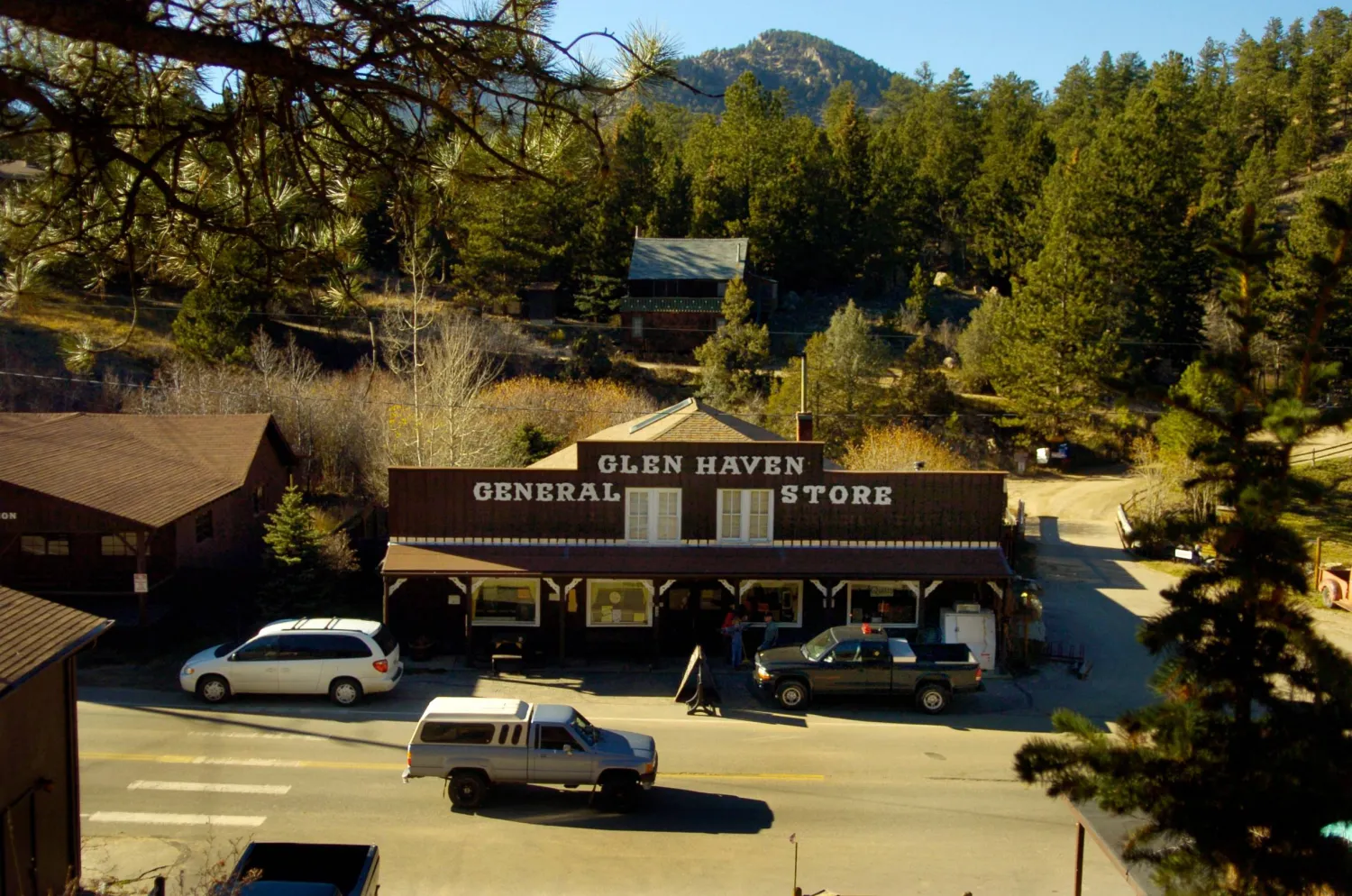The Algerian oasis of Djanet has attracted an increasing number of foreign tourists who have come to explore a unique desert landscape that brings inner peace and ultimate relaxation.
According to local media, since the authorities started granting visas on arrival in 2021, over 4,000 foreign tourists visited Djanet, 2,300 kilometers by road southeast of Algiers, and the Tassili n’Ajjer, a charming landmark enlisted as UNESCO World Cultural Heritage Site.
Known for its lunar-like landscape with eroded sandstone and orange and black rock forests, the Tassili n’Ajjer National Park has become a photographers’ favorite at sunset.
“Once you come to Djanet, you have to return... I’m here with two friends, and all they want is to come back as soon as possible,” 57-year-old French tourist Karim Benacine, who works for Universal Music Group, told AFP.
Another visitor from Paris, Antonine De Saint Pierre, 49, said: “I want to come here regularly so I can recharge. I will need that. Now that I know this place, I think I’m going to do this regularly.”
According to UNESCO’s website, the region of Tassili, a vast plateau of more than 70,000 square kilometers, houses “one of the most important groupings of prehistoric cave art in the world with over 15,000 drawings and sculptures from 6000 B.C. to the first centuries of the present era.”
These “record the climatic changes, the animal migrations and the evolution of human life on the edge of the Sahara.”
Last year, over 2,900 foreigners of 35 different nationalities, mostly Westerners, stayed in Djanet, compared with 1,200 in 2021. Algerians also find solace in their own national treasure, with 17,000 local visitors recorded last year.
Samira Ramouni, a 41-year-old psychologist from Algiers, believes that Djanet provides “inner peace and complete relaxation,” and helps to “disconnect, seek calm, learn new things, and rejuvenate, so you can recover the strength you need to face life challenges.”
Abdelkader Regagda, who runs a travel agency in Tamanrasset in southern Algeria, around 700 kilometers west of Djanet, sees that the authorities had opened “a great tourism route from Europe to the south of Algeria.”
The guide, who now organizes excursions in the Djanet area, says that “the trails are many and diverse” in the region.









